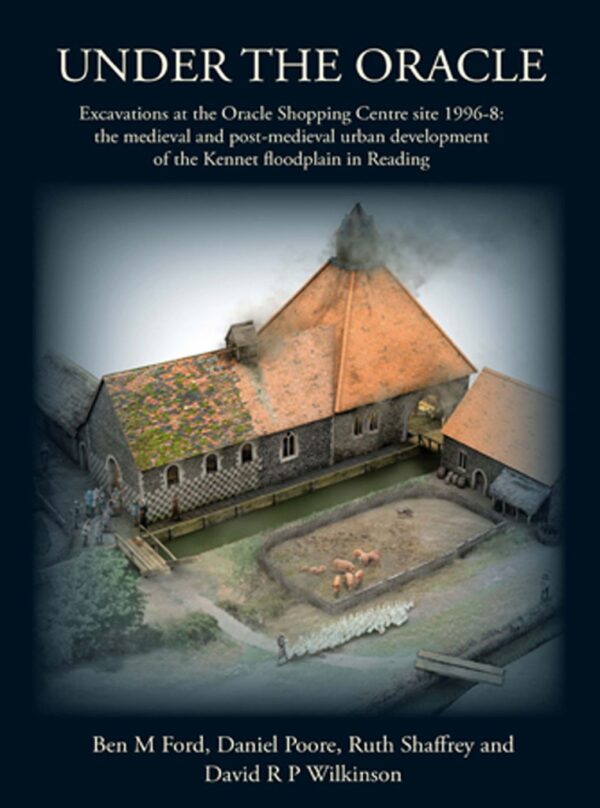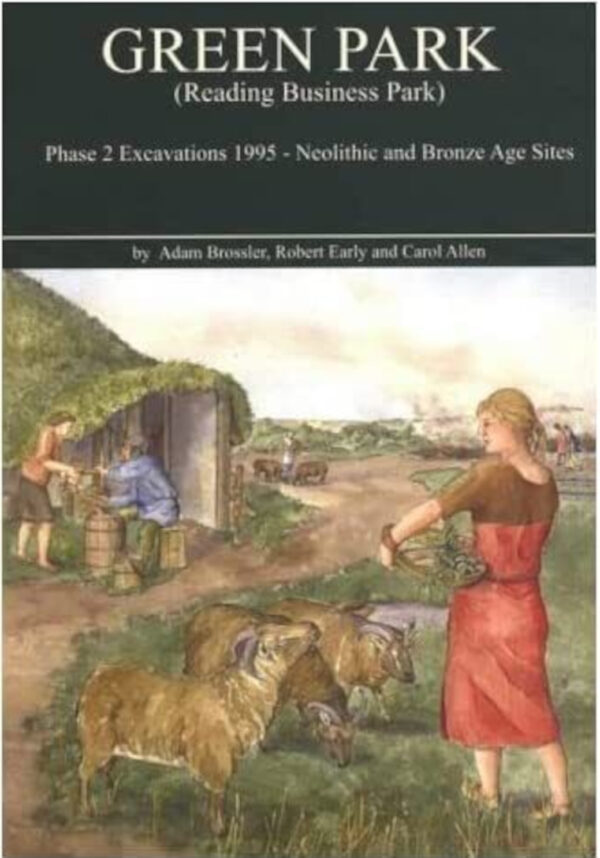Prior to the construction of the Oracle shopping centre, Oxford Archaeology conducted excavations, revealing a detailed history of the Kennet floodplain in Reading. This publication presents findings on medieval and post-medieval water management, milling activities at Minster Mill and St Giles Mills, and industries such as tanning, leatherworking, and dyeing. Tracing the histories of well-known sites, the volume spans from medieval times to the 19th century, covering the Oracle Workhouse and the Yield Hall. Specialized reports cover various aspects, including pottery, glass, leatherworking, dendrochronology, and clay pipes. An intriguing discovery is a building interpreted as the 12th- to 13th-century cookhouse of Reading Abbey.
In 1995, further archaeological excavations took place at Green Park, previously known as Reading Business Park. During this phase, a Neolithic segmented ring ditch was discovered. Additionally, on the site, a field system from the middle Bronze Age was found, followed by a substantial late Bronze Age settlement with roundhouses and waterholes.
Analysis of the pottery collection showed a consistent pattern from the middle to the late Bronze Age, suggesting changes in the settlement’s layout over time. Notably, a large, elongated mound made of burnt flint was built near the settlement.
This volume engages in a thorough discussion about the potential function of this distinctive feature and its significance in the broader landscape.


